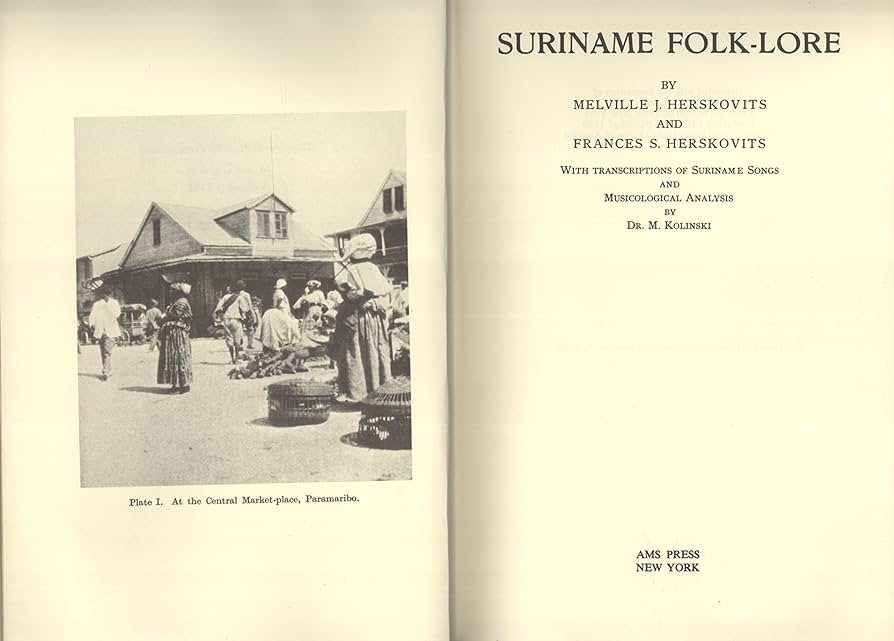Suriname, a small country located on the northeastern coast of South America, possesses a rich tapestry of captivating folklore and ancient myths that have been passed down through generations. From tales of mischievous forest spirits that lure unsuspecting travelers deep into the heart of the jungle to legends of powerful water gods that rule over the country’s vast rivers, Surinamese folklore is a fascinating blend of African, Indigenous, and European influences. These stories not only provide a glimpse into the country’s cultural heritage but also offer an enchanting insight into the beliefs and traditions of its people. Embark on a journey through Suriname’s intriguing folklore and myths, and unravel the hidden wonders that lie within this vibrant nation.
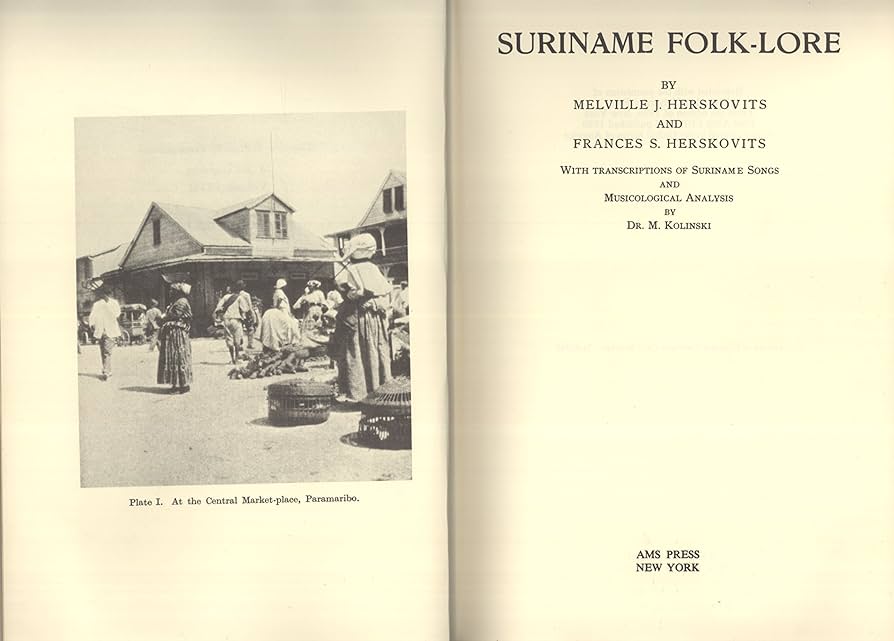
1. Folklore of Suriname
Suriname is a country located on the northeastern coast of South America, known for its rich cultural heritage and diverse population. Its folklore is a vibrant tapestry of stories, beliefs, and traditions that have been passed down through generations. The folklore of Suriname reflects the multiculturalism and syncretism that characterizes the country, blending African, Indigenous, and European influences. It offers a unique glimpse into Surinamese history, beliefs, and way of life.
1.1 The Origins of Surinamese Folklore
The origins of Surinamese folklore can be traced back to the various ethnic groups that have contributed to the country’s cultural mosaic. The African slaves brought to Suriname during the colonial era played a significant role in shaping the folklore of the country. These enslaved Africans, with their rich oral traditions and spiritual beliefs, infused Surinamese folklore with tales of ancestral spirits, mythical creatures, and magical rituals.
The Indigenous peoples of Suriname, such as the Arawak and Carib tribes, also contributed to the folklore of the country. Their stories and legends centered around nature, animals, and the spirits that inhabit the natural world. These Indigenous influences are evident in the folklore of Suriname, with many tales featuring animal characters and nature-themed symbolism.
European influences, particularly those from the Dutch colonizers, also found their way into Surinamese folklore. European folktales, such as those featuring witches, fairies, and supernatural beings, were adapted and incorporated into the local folklore, creating a unique blend of European and African elements.
1.2 Major Themes in Surinamese Folklore
Surinamese folklore encompasses a wide range of themes, reflecting the country’s diverse cultural heritage. Some of the major themes include:
-
Ancestral Spirits: Ancestors play a significant role in Surinamese folklore. Stories are often passed down through generations, connecting individuals to their ancestors and preserving their cultural identity.
-
Nature and Animals: Suriname’s lush rainforests, rivers, and diverse wildlife form the backdrop for many folklore tales. Animals are often personified, with specific characteristics and behaviors attributed to them.
-
Magic and Mysticism: Surinamese folklore is filled with tales of magic, spells, and supernatural occurrences. Magical rituals and practices form an integral part of Surinamese culture and are believed to have the power to bring blessings or curses.
-
Tricksters: Trickster characters, such as Anansi the spider, feature prominently in Surinamese folklore. These mischievous and cunning beings often teach moral lessons and entertain with their clever antics.
1.3 Folkloric Creatures and Beings
The folklore of Suriname is teeming with a diverse array of mythical creatures and beings. These entities are often portrayed as intermediaries between the human and spirit worlds, possessing both benevolent and malevolent powers. Here are some notable folkloric creatures and beings in Surinamese folklore:
-
Jumbies: Jumbies are malevolent spirits or ghosts that are believed to haunt specific locations. They can take on various forms and are known to cause harm to those who cross their paths.
-
Duwendes: Duwendes are mischievous dwarf-like creatures that are said to inhabit the forests of Suriname. They are known for their pranks and tricks, often playing jokes on unsuspecting travelers.
-
Didi: The Didi is a mythical bird said to bring good luck and fortune to those who encounter it. It is often associated with abundance and prosperity.
-
Owru Yari: The Owru Yari is a legendary spirit that is said to appear during the New Year’s celebrations. It is believed to bring blessings and protection for the coming year.
1.4 Folklore in Everyday Life
Surinamese folklore is not confined to stories and legends; it permeates everyday life in diverse ways. Traditional practices, rituals, and superstitions rooted in folklore continue to shape the culture and beliefs of the Surinamese people.
For example, during important life events such as births, weddings, and funerals, specific traditions and rituals are performed to honor ancestral spirits and ensure their blessings. These rituals often involve offerings, prayers, and dances that reflect the spiritual beliefs embedded in Surinamese folklore.
Superstitions and taboos also play a significant role in everyday life. Certain actions or behaviors are believed to bring bad luck or invite spiritual harm. These beliefs are deeply ingrained in Surinamese society and are passed down from generation to generation, reinforcing the importance of folklore in shaping cultural practices.
2. Myths of Suriname
Myths form an integral part of Surinamese folklore, providing explanations for the origins of the world, the creation of humankind, and the existence of various natural phenomena. These myths often center around powerful gods, legendary heroes, and magical occurrences.
2.1 Creation Myths
Creation myths in Suriname offer diverse explanations for how the world came into being. These myths often involve the actions of powerful deities or ancestral spirits. For example, some Surinamese creation myths attribute the origins of the world to a cosmic egg or the emergence of the first human beings from the depths of the ocean. These myths not only explain the physical origins of the world but also provide insights into cultural beliefs and values.
2.2 Anansi, the Trickster God
Anansi the spider is one of the most well-known characters in Surinamese folklore. Anansi is a trickster god who embodies cunning, wit, and resourcefulness. He is often depicted as a spider or a man with spider-like qualities. Anansi stories are entertaining and full of moral lessons, teaching listeners about the consequences of greed, laziness, and dishonesty. Anansi’s popularity extends beyond Suriname, with his tales being celebrated throughout the African diaspora.
2.3 Legends of Ancient Wonders
Suriname is home to several ancient wonders that have become the subject of legends and myths. One such wonder is the Voltzberg, a striking granite formation located in the Central Suriname Nature Reserve. According to local legends, the Voltzberg is the final resting place of a powerful ancient chief. Stories surrounding this geological marvel capture the imaginations of both locals and visitors, adding an air of mystery and fascination to the natural beauty of Suriname.
2.4 Mythical Heroes and Heroines
Surinamese mythology showcases a variety of mythical heroes and heroines who embody bravery, strength, and wisdom. These characters often undertake epic quests, battle supernatural beings, and overcome formidable challenges. One such mythical hero is Kwaku Anansi, who combines the traits of Anansi the trickster god with those of a hero. Kwaku Anansi is celebrated for his cunning and resourcefulness in outsmarting powerful adversaries and bringing justice to the world.
3. Cultural Significance of Folklore and Myths
Folklore and myths hold immense cultural significance in Suriname, shaping the country’s identity, values, and beliefs. They serve as a link between the past, present, and future, preserving and transmitting cultural knowledge from one generation to the next.
3.1 Preserving Cultural Identity
Folklore and myths play a vital role in preserving Surinamese cultural identity. They are repositories of collective memories, offering insights into the history, traditions, and beliefs of the various ethnic groups that make up Surinamese society. By keeping these stories and traditions alive, Surinamese people maintain a connection to their roots and strengthen their sense of belonging.
3.2 Transmitting Values and Morals
Folklore and myths are powerful vehicles for transmitting values and morals in Surinamese society. Through stories and legends, important life lessons are imparted, teaching individuals about honesty, respect for nature, the consequences of actions, and the importance of community. These stories serve as a moral compass, guiding individuals in their daily lives and shaping their behavior.
3.3 Social Cohesion and Community Building
Folklore and myths promote social cohesion and community building in Suriname. They provide shared cultural references and a sense of common identity, fostering unity among diverse ethnic groups. Festivals, celebrations, and rituals rooted in folklore bring communities together, strengthening bonds and promoting a sense of solidarity.
3.4 Influence on Arts and Literature
Surinamese folklore and myths have inspired various forms of artistic expression, including literature, visual arts, and music. Writers and artists draw upon the rich tapestry of Surinamese folklore to create works that explore cultural identity, social issues, and the human experience. Surinamese folktales and mythical characters have become a source of inspiration, adding depth and richness to the country’s artistic landscape.
4. Role of Oral Tradition
Oral tradition is deeply ingrained in Surinamese culture and serves as the primary means of preserving and transmitting folklore and myths.
4.1 Importance of Oral Tradition in Preserving Folklore
Oral tradition plays a crucial role in preserving Surinamese folklore. Passed down through generations, stories, legends, and myths are shared orally, ensuring their preservation and the continuity of cultural knowledge. Elders and storytellers hold a significant role in the community, as they are the keepers of these traditions and the repositories of cultural memory.
4.2 Storytelling as a Ritual
Storytelling is a cherished ritual in Surinamese culture, bringing communities together to share tales, entertain, and educate. Storytelling sessions often take place during festivals, family gatherings, or community events. The oral delivery of these stories adds an element of performance and engagement that captivates listeners and fosters a sense of connection.
4.3 Oral Tradition in a Modern Context
In the modern context of Suriname, oral tradition faces various challenges. The increasing availability of digital media and the dominance of written literature pose threats to the oral transmission of folklore. However, efforts are being made to adapt oral tradition to contemporary contexts. Storytelling festivals, workshops, and cultural programs aim to revive and sustain the practice of oral storytelling, ensuring the survival of Surinamese folklore.
4.4 The Impact of Technology on Oral Tradition
Technology has both positive and negative impacts on oral tradition in Suriname. On one hand, modern communication platforms provide new avenues for the documentation, preservation, and dissemination of folklore. Digital recordings, podcasts, and online platforms allow for wider access to Surinamese stories and make them accessible to a global audience.
On the other hand, technology also contributes to the erosion of oral tradition. The prevalence of digital media can lead to a decline in the practice of oral storytelling, particularly among younger generations. Efforts must be made to strike a balance between leveraging technology for the promotion of Surinamese folklore while preserving the authenticity and richness of oral tradition.
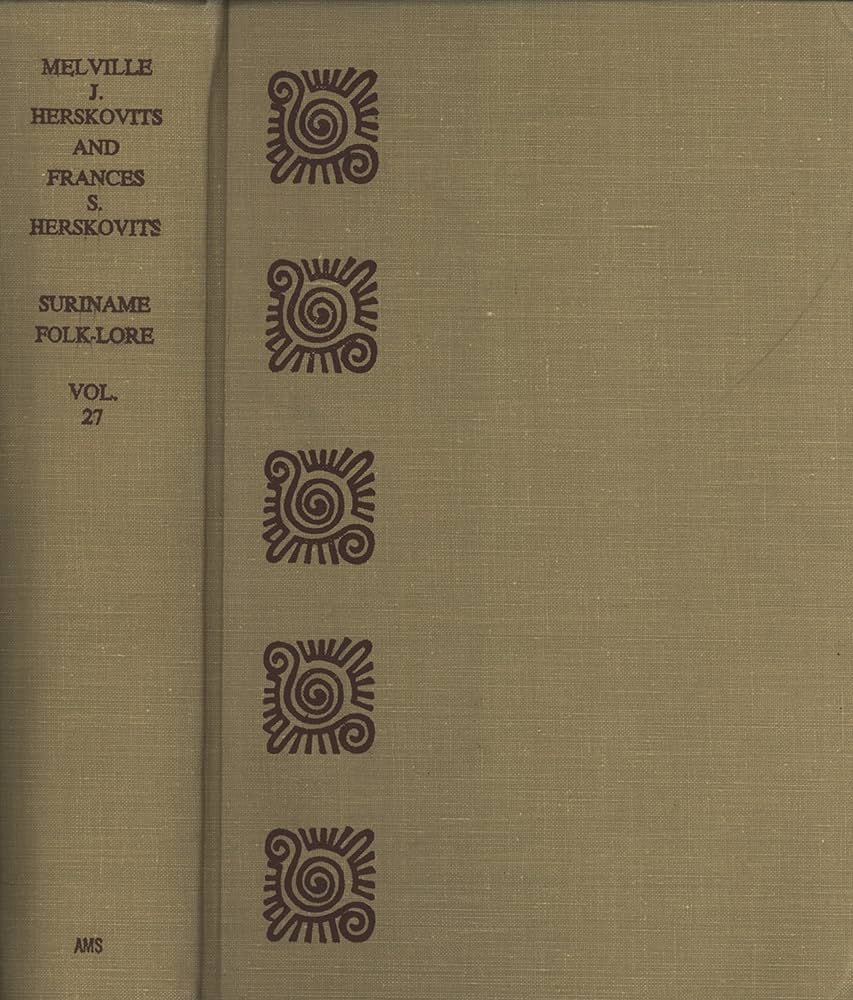
5. Unique Folklore and Myths by Ethnic Groups
Suriname’s diverse population is reflected in the unique folklore and myths of its various ethnic groups.
5.1 Surinamese Maroons
The Surinamese Maroons, descendants of African slaves who escaped captivity and formed free communities in the Surinamese interior, have distinct folklore and myths associated with their culture. Maroon folklore often encompasses spiritual beliefs, ancestral reverence, and the stories of heroic ancestors who fought for freedom. The Kromanti dance, a traditional Maroon ritual that incorporates music, dance, and storytelling, is a significant cultural expression of Maroon folklore.
5.2 Indigenous Peoples
The Indigenous peoples of Suriname, including the Arawak, Carib, and Trio tribes, have a rich heritage of folklore and myths. Their stories often revolve around the natural world, the relationship between humans and nature, and the spirits that inhabit the land, rivers, and forests. These stories serve as a guide to understanding the environment, fostering a deep connection and respect for nature.
5.3 Indian-Surinamese
Indian-Surinamese folklore and myths originate from the descendants of indentured laborers brought from India during the colonial period. Indian-Surinamese folklore reflects Hindu and Muslim traditions, with stories that draw upon epic tales from the Mahabharata, the Ramayana, and Islamic folklore. These stories often focus on themes of devotion, spirituality, and the triumph of good over evil.
5.4 Chinese-Surinamese
Chinese-Surinamese folklore and myths are influenced by Chinese culture and traditions. These stories often feature legendary figures from Chinese mythology, such as the Monkey King and the Eight Immortals. Chinese-Surinamese folklore also includes tales of ancestor worship, traditional medicine practices, and the symbolism associated with Chinese festivals.
6. Historical and Cultural Roots
The folklore and myths of Suriname are deeply rooted in the country’s history and diverse cultural heritage.
6.1 African Influences
African influences are prevalent in Surinamese folklore, reflecting the legacy of the African slaves brought to the country during the colonial era. African folklore traditions, such as the worship of ancestral spirits, magical beliefs, and oral storytelling, have shaped Surinamese folklore, imparting a distinct African flavor to the narratives and practices.
6.2 Indigenous Traditions
Indigenous traditions form a significant aspect of Surinamese folklore. The cultural practices, spiritual beliefs, and mythologies of the Indigenous peoples are intertwined with Surinamese folklore. The natural environment, with its abundant flora and fauna, plays a central role in Indigenous folklore, emphasizing the deep connection and reverence for the land that has sustained their communities for centuries.
6.3 Colonial Legacy
The colonial legacy of Suriname has left an indelible mark on the country’s folklore. The Dutch colonizers introduced European tales, folklore, and supernatural beings to Surinamese culture. European folklore, with its witches, ghosts, and fairies, blended with the existing African and Indigenous folklore, creating a unique fusion that characterizes Surinamese myths.
6.4 Asian Cultural Contributions
The arrival of indentured laborers from India and China during the colonial period brought Asian cultural influences to Surinamese folklore. Indian and Chinese myths, legends, and religious traditions have become a part of Surinamese folklore, contributing to the multicultural fabric of the country. These Asian cultural contributions have enriched Surinamese folklore with stories of Hindu gods, Chinese immortals, and traditional practices associated with Indian and Chinese festivals.
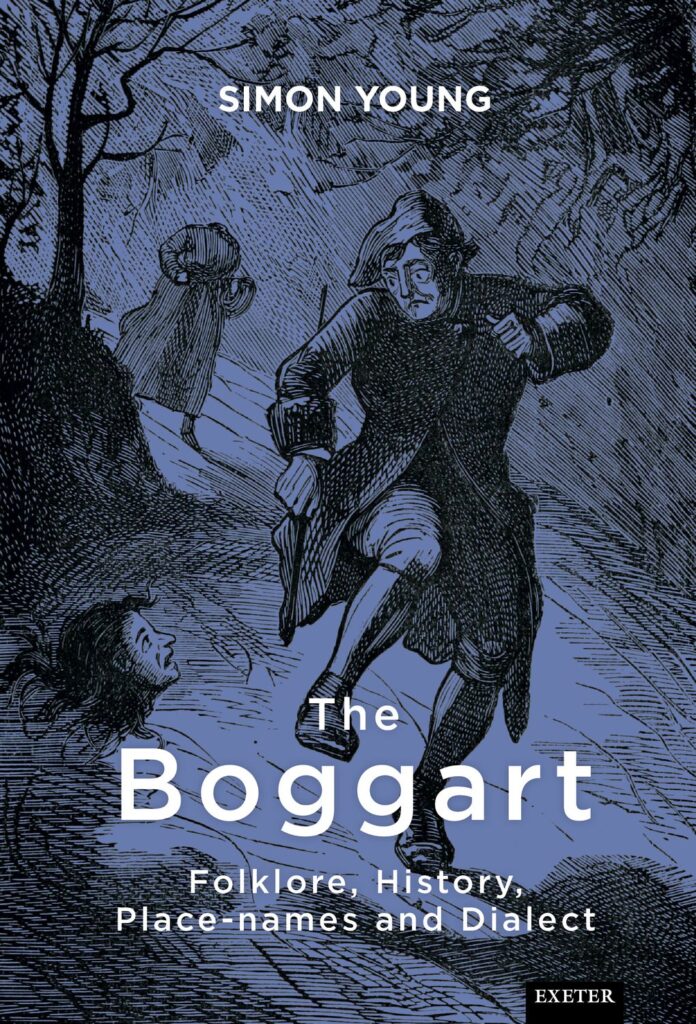
7. Conservation and Revitalization Efforts
Efforts are being made to conserve and revitalize Surinamese folklore and myths, ensuring their preservation for future generations.
7.1 Documenting and Archiving Oral Tradition
Organizations and researchers in Suriname are actively involved in documenting and archiving oral tradition, including folklore, myths, and storytelling performances. By recording and preserving these valuable cultural resources, they ensure that Surinamese folklore is safeguarded and accessible to future generations.
7.2 Educational Initiatives
Educational initiatives aim to promote the awareness and understanding of Surinamese folklore among younger generations. Schools and educational institutions incorporate folklore and myths into their curricula, teaching students about the importance of cultural heritage and cultivating an appreciation for Surinamese folklore.
7.3 Cultural Festivals and Events
Cultural festivals and events celebrating Surinamese folklore play a significant role in its conservation and revitalization. These events provide platforms for artists, musicians, storytellers, and community members to showcase Surinamese folklore and engage in its preservation. Festivals such as the Owru Yari festival, Maroon Day, and Indigenous Heritage Month are celebrated annually, highlighting the cultural significance of folklore.
7.4 Collaborative Projects with Indigenous Communities
Collaborative projects with Indigenous communities in Suriname aim to empower these communities to preserve and share their folklore and cultural practices. These projects strive to create sustainable initiatives that support Indigenous communities, promote cultural exchange, and ensure the authenticity and integrity of Surinamese folklore.
8. Relationship with Contemporary Beliefs
Surinamese folklore and myths continue to influence contemporary beliefs and practices, showcasing their enduring significance in Surinamese society.
8.1 Syncretism and Fusion of Belief Systems
Suriname is known for its syncretic religious practices, where elements of different religious and spiritual traditions are blended together. Surinamese folklore and myths have played a role in this syncretism, with folk beliefs and practices fusing with elements from Christianity, Hinduism, and Islam. This blending of belief systems reflects the resilience and adaptability of Surinamese folklore in the face of changing cultural landscapes.
8.2 Traditional Healing Practices
Traditional healing practices rooted in Surinamese folklore continue to be practiced alongside modern medicine. Spiritual beliefs, herbal remedies, and rituals are utilized in traditional healing, addressing not only physical ailments but also spiritual and psychological well-being. These traditional healing practices attest to the enduring influence of Surinamese folklore on healthcare.
8.3 Superstitions and Taboos
Superstitions and taboos rooted in Surinamese folklore persist in contemporary society. Beliefs such as avoiding certain actions or behaviors on specific days, seeking spiritual guidance through divination, or using amulets and charms for protection against evil spirits are still prevalent. These beliefs and practices attest to the enduring influence of Surinamese folklore on individual and community behaviors.
8.4 Influence of Westernization
The influence of Westernization and modernization has brought changes to Surinamese society and its relationship with folklore and myths. Western culture and beliefs have influenced Surinamese folklore, particularly in urban areas. However, despite these influences, Surinamese folklore remains an integral part of the country’s cultural fabric, offering a source of pride, identity, and connection to the past.
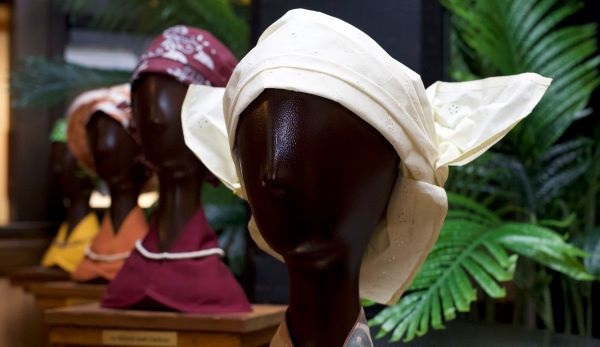
9. Popular Cultural References
Surinamese folklore and myths have found their way into popular culture, with references appearing in various art forms.
9.1 Folklore and Myths in Surinamese Pop Music
Surinamese popular music often draws inspiration from folklore and myths, incorporating themes, characters, and rhythms associated with Surinamese folklore. Artists such as Lieve Hugo, Lieve Hugo Junior, and Yellowman have incorporated folkloric motifs into their music, creating a unique blend of traditional and contemporary sounds.
9.2 Visual Arts Inspired by Folklore
Surinamese visual artists have embraced folklore and myths as a source of inspiration. Paintings, sculptures, and installations often feature mythical creatures, folkloric characters, and symbolic elements associated with Surinamese folklore. These artworks provide a visual representation and interpretation of the rich cultural heritage of Surinamese folklore.
9.3 Cinematic Adaptations of Surinamese Myths
Surinamese myths and folklore have been adapted into cinematic productions, bringing these stories to a wider audience. Filmmakers have explored the themes and characters of Surinamese folklore, showcasing the country’s cultural heritage on the silver screen. These cinematic adaptations serve not only as entertainment but also as a means of preserving and promoting Surinamese folklore.
9.4 Contemporary Literature and Folkloric Motifs
Authors and writers have incorporated folkloric motifs into contemporary literature, adding depth and cultural richness to their works. By drawing upon Surinamese folklore and myths, these writers create narratives that explore identity, history, and the human experience. The integration of folkloric elements in literature ensures the continuing legacy of Surinamese folklore in the literary world.
10. Accommodating Tourism and Cultural Appreciation
Surinamese folklore and myths provide a unique opportunity for cultural tourism and the appreciation of the country’s rich heritage.
10.1 Cultural Tourism and Eco-Tourism
Suriname’s diverse folklore and myths make it an attractive destination for cultural tourism and eco-tourism. Tourists can immerse themselves in the traditions, rituals, and stories of Surinamese folklore through community visits, cultural festivals, and guided tours. Eco-tourism initiatives also allow visitors to explore the natural landscapes that have inspired Surinamese folklore.
10.2 Ethical Considerations in Tourism
Ethical considerations must be taken into account when promoting Surinamese folklore and myths in tourism. Respect for local traditions, sacred sites, and cultural practices is essential to ensure the preservation and authenticity of Surinamese folklore. Engaging with local communities in a respectful and responsible manner, supporting local businesses, and seeking permission for participation in cultural activities are crucial aspects of promoting ethical tourism.
10.3 Engaging with Local Communities
Engaging with local communities is a vital aspect of appreciating Surinamese folklore. Participating in community-led initiatives, attending cultural events, and interacting with local artisans, storytellers, and performers provide opportunities for meaningful cultural exchange and understanding. Engaging with local communities fosters mutual respect and a deeper appreciation of Surinamese folklore.
10.4 Tourist Attractions Showcasing Folklore and Myths
Tourist attractions that showcase Surinamese folklore and myths provide visitors with immersive and educational experiences. Museums, cultural centers, and heritage sites offer insights into Surinamese folklore through exhibits, interactive displays, and storytelling sessions. These attractions contribute to the preservation and promotion of Surinamese folklore while offering an enriching experience for visitors.
In conclusion, Surinamese folklore and myths are a testament to the country’s diverse cultural heritage and history. They reflect the multiculturalism and syncretism that defines Surinamese society, weaving together African, Indigenous, and European influences. Surinamese folklore and myths play a significant role in preserving cultural identity, transmitting values and morals, fostering social cohesion, and inspiring artistic expression. Efforts to conserve and revitalize Surinamese folklore ensure its continuity for future generations while accommodating tourism provides opportunities for cultural appreciation and exchange. Suriname’s folklore and myths continue to be a source of fascination and pride, offering a captivating glimpse into the country’s rich cultural tapestry.
